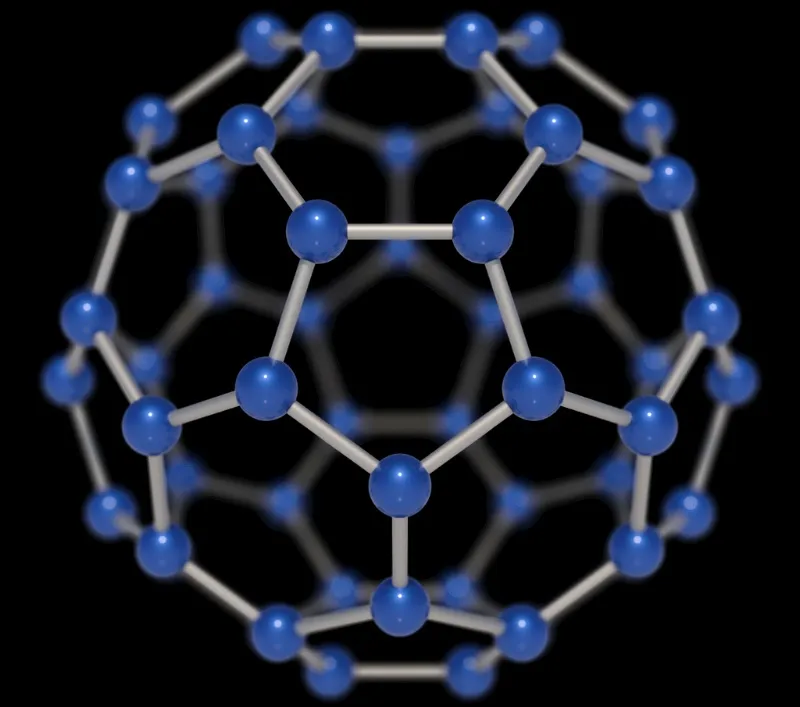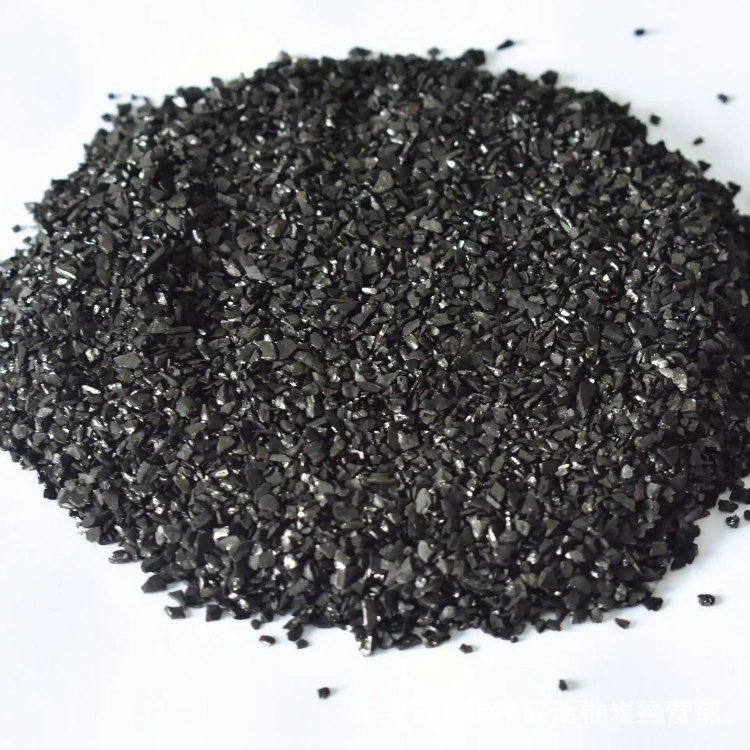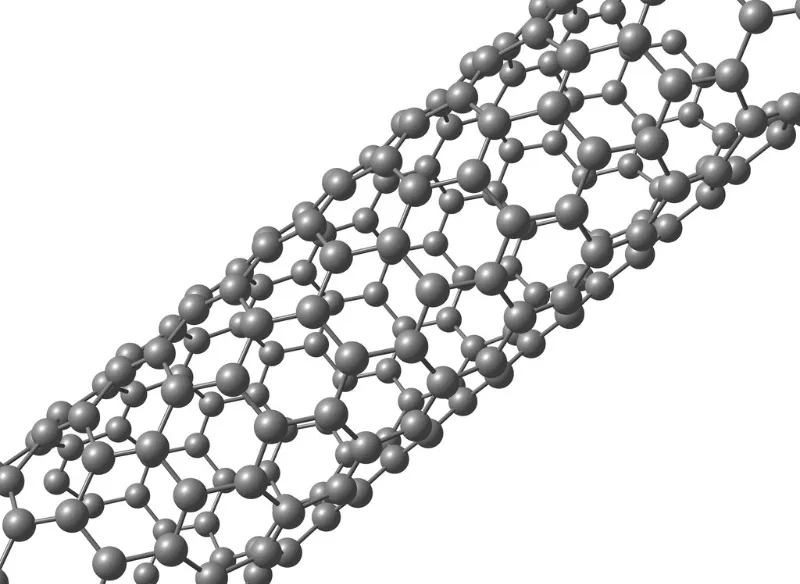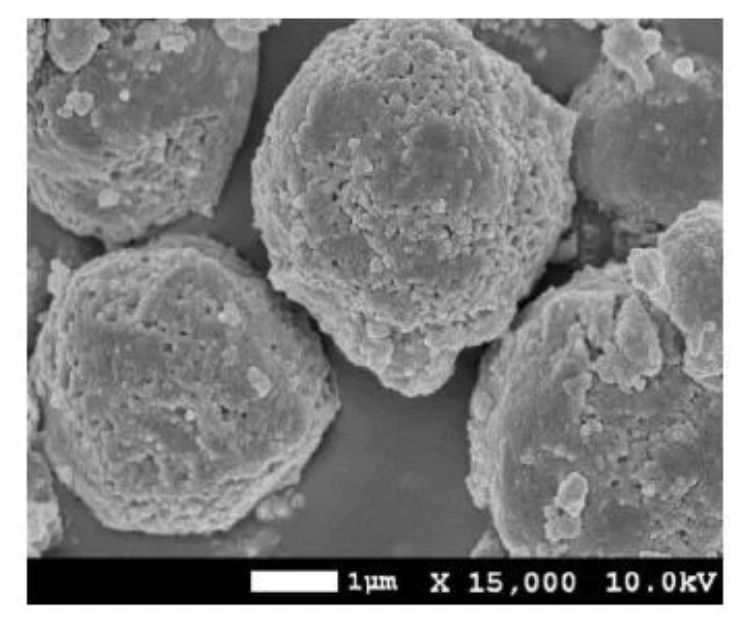Carbon is a magical element. As a fundamental building block, it serves as the skeleton element of all living organisms on Earth and is the most important element in the human body. Carbon materials are also unique in their ability to combine opposites and unity. They can be as thin as a hair, as light as a feather, and stronger than steel. Carbon materials are both insulators and conductors, both heat-insulating and heat-conducting, and both fully light-absorbing and fully light-transmitting. This versatility makes carbon materials ever-changing and one-of-a-kind in their properties and applications.

The Difference Between “Charcoal” and “Carbon”
Carbon refers to materials, which are solid substances with carbon as the main component. The chemical composition is impure and often contains other impurities, such as coal, carbon black, coke, etc.
Carbon refers to the element, and words related to carbon atoms and carbon elements are used, such as carbide, carbon plane network, carbonate, etc.
Classification of Carbon Materials
Carbon materials have a long history and a wide variety, which can be divided into three categories: traditional carbon materials (Classic Carbon), special carbon materials (Special Carbon) and nano carbon materials (Nano Carbon). Nano carbon materials and special carbon materials are collectively referred to as new carbon materials, as shown in the figure below.

Activated Carbon

Activated carbon is a type of carbon specially processed to have a developed pore structure and a large surface area. It has strong adsorption ability and a high specific surface area. The internal pore structure is well-developed, and its bulk density is low. Activated carbon is widely used in water purification, desulfurization, denitrification, solvent recovery, emergency adsorption, and mercury removal. It is also used as a catalyst or catalyst support in gas preparation and reforming.
Fullerene
Fullerene is a hollow molecule composed entirely of carbon. It can have spherical, ellipsoidal, cylindrical, or tubular shapes. Fullerene has good electronic transport properties. It can be used as an acceptor material in organic solar cells. Water-soluble fullerene has oxidation properties. It can produce various forms of reactive oxygen species. Fullerene is a powerful photosensitizer. It can convert triplet-state oxygen into active singlet-state oxygen. Fullerene has anti-wrinkle, whitening, anti-inflammatory, and repair effects. It causes no significant harm to the human body
Carbon Nanotubes

Carbon nanotubes are one-dimensional nanomaterials. They have high strength, electrical conductivity, and thermal conductivity. They are widely used in industries like new energy vehicles, 3C digital products, semiconductors, and power infrastructure. The main commercial demand for carbon nanotubes comes from lithium batteries and conductive plastics. Over 80% of the demand comes from the lithium battery industry
Nanodiamonds

Nanodiamonds are diamond materials at the nanometer scale. They share some excellent properties with bulk diamonds, such as wear resistance and thermal conductivity. Nanodiamonds are commonly used as coatings for materials like metals, rubber, plastics, and glass. They are also used as lubricants and fine grinding materials. Researchers have used nanodiamonds to suppress dendrite growth in lithium batteries, ensuring stable battery operation. Nanodiamonds have promising applications in cold cathode field emission, electrochemical electrodes, optical windows, quantum communication, and drug delivery.
Porous Carbon

Porous carbon has diverse pore sizes. It can be understood as a carbon material with various pore structures. Porous carbon has high chemical stability, resistance to acid and alkali corrosion, and high electrical conductivity. It is low-cost and widely used in gas separation, water purification, catalysis, and solar thermal desalination. It is also used in aerospace applications as a thermal protection material with integrated heat insulation and resistance
Graphene

Graphene is a two-dimensional carbon material. It consists of a single layer of carbon atoms arranged in a honeycomb lattice. It is the basic structural element of other carbon allotropes like graphite, diamond, carbon nanotubes, and fullerenes. Graphene has excellent optical, electrical, and mechanical properties. It holds great potential in fields such as materials science, micro-nano processing, energy, and biomedical applications. Graphene is considered a revolutionary material for the future
